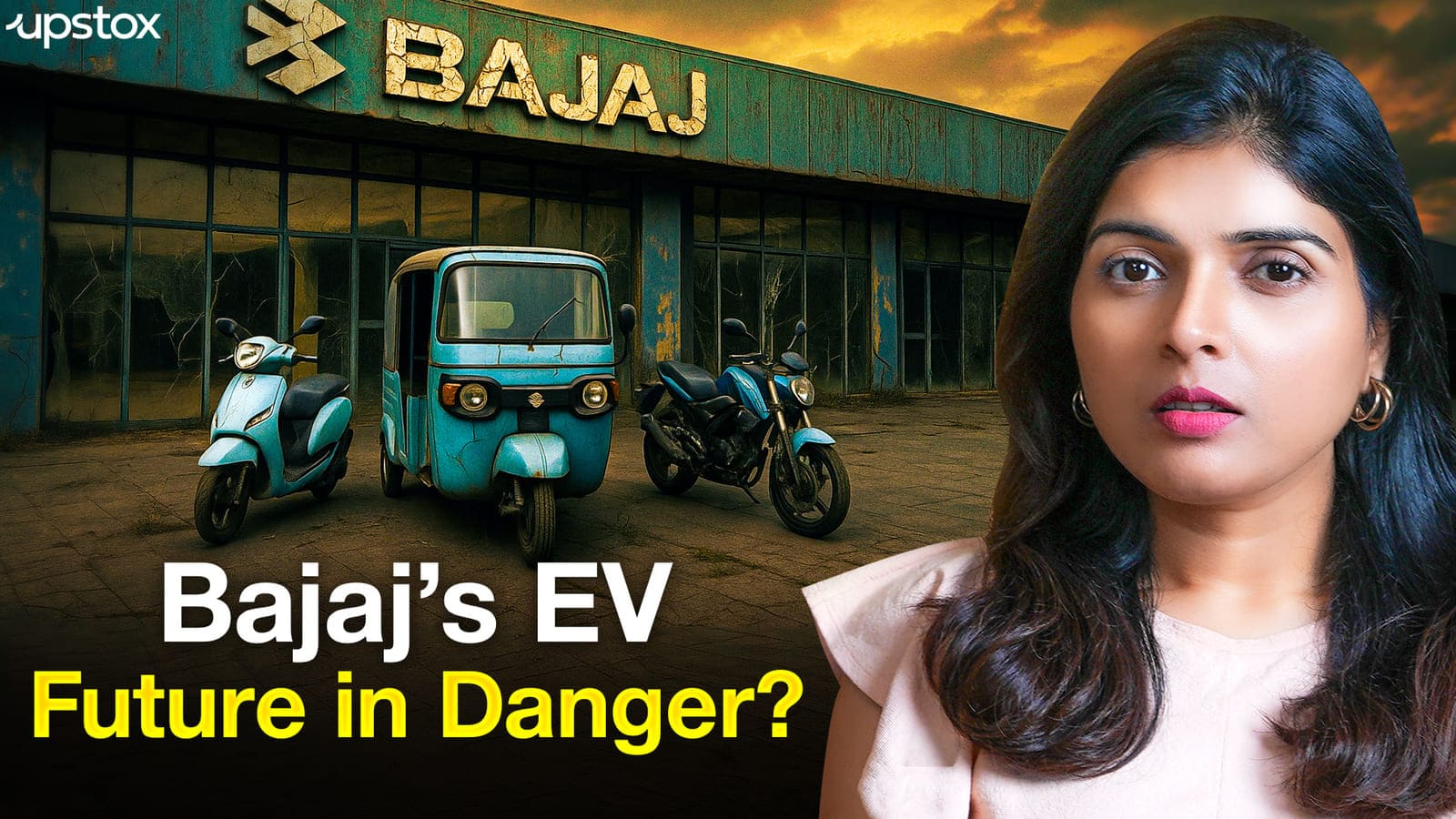Business News
How Amazon’s entry could transform India’s quick commerce landscape
.png)
5 min read | Updated on November 27, 2024, 20:20 IST
SUMMARY
Amazon is fast-tracking its "Tez" quick commerce launch in India, targeting a $3.35 billion market dominated by Blinkit, Zepto, and Swiggy Instamart, with intense competition ahead.

Amazon India to enter the rising quick commerce space via Tez
The e-commerce battlefield in India has always remained a hot topic, but there is another addition to this: quick commerce. This segment is all about delivering groceries, medicines, and essentials at lightning speed.
The market is heating up, and one of the major players has yet to make a move. Let us take a closer look at what Amazon has planned and what the potential impact will be on existing industry players like Blinkit, Swiggy Instamart, and Zepto, who hold a majority market share in this space.
Amazon’s quick commerce plan: Tez in the making
Amazon is reportedly set to launch its quick commerce service, codenamed Tez, as early as late December or early next year. Originally planned for a Q1 2025 debut, the timeline has been fast-tracked to tap into this booming $3.35 billion market (according to Statista), currently dominated by players like Blinkit, Zepto, and Swiggy Instamart.
If launched, Tez will mark Amazon’s first venture into quick commerce globally, which shows the importance of India’s rapid delivery market. The initiative will focus initially on groceries and daily essentials, supported by dark stores, stock-keeping units (SKUs), and an enhanced logistics network. The project is gaining steam, with important discussions lined up for Amazon’s December review meeting ahead of its Smbhav event. Recruitment efforts are already underway, reflecting the company’s commitment to this grassroots initiative and its determination to establish a foothold in a sector where it currently lacks a presence.
The quick commerce boom
The quick commerce segment is growing at breakneck speed, driven by convenience and ultra-fast delivery. According to a Morgan Stanley report, this market could balloon to $25 billion–$55 billion by 2030. High-frequency users—about a third of the customer base—are expected to drive the majority of total market value.
This sector is even projected to surpass food delivery in gross order value by 2026, making it a critical battleground for e-commerce players.
What's the competition like?
Amazon’s entry intensifies competition in a market already dominated by established players:
Blinkit (Owned by Zomato)
Blinkit’s sales have skyrocketed, doubling in the September quarter compared to the previous year. It is now nearly half the size of Zomato’s original food delivery business but growing six times faster.
Swiggy Instamart
Starting with two locations in 2020, Instamart has expanded to 43 cities and offers over 20,000 items. As of June, its delivery time had dropped from 17 minutes to under 13 minutes.
Zepto
Zepto recently raised $350 million, boosting its valuation to $5 billion and cash reserves to over $1 billion. This new funding strengthens its position in the quick commerce war.
Flipkart (Minutes)
Flipkart, Amazon’s biggest rival in India, launched its Minutes quick commerce service earlier this year, rapidly scaling operations across major cities.
Tata Neu Flash
The Tata Group has also ventured into this space with Neu Flash, leveraging its super app Tata Neu.
BigBasket
Transitioning into the quick commerce model, BigBasket reported gross sales exceeding ₹900 crore in October 2024.
Amazon’s financial health and strategic advantage
Amazon’s India marketplace business saw a 14% rise in operating revenue to ₹25,406 crore in FY24, while losses narrowed by 28% to ₹3,469 crore. While its growth has slowed compared to the pandemic years, Amazon is known for investing heavily when entering new markets—a strategy that could shake up India’s quick commerce sector.
What to expect?
The quick commerce war in India is likely to heat up further, with:
- Heavy discounting: Amazon’s deep pockets may allow it to lure customers with price cuts, although Blinkit’s CEO, Albinder Dhindsa, has stated a focus on service quality over discounting.
- Innovation: Players are constantly improving delivery times and expanding product categories, with Swiggy Instamart now stocking electronics and wearables.
- Funding battles: Zepto, Swiggy, and Zomato have significant war chests to counter Amazon’s entry.
Learning from failures: Can India avoid the US trap?
The Indian quick commerce market could take a lesson from the U.S. experience, where startups like Fridge No More (operations shutdown on March 10, 2022), Buyk (filed for bankruptcy on March 17, 2022), Jokr (unicorn in 8 months, exits US and Europe in 2022), and Getir (exited UK, US and Europe in April 2024) faced difficulties, struggling with high operational costs and low profitability.
Ultimately, India's quick commerce sector stands at a critical juncture. With Amazon stepping into the mix, competition will likely escalate, benefiting customers through enhanced services and potentially lower prices. However, the real question is sustainability—can companies find the right balance between speed, scale, and profitability?
As Amazon enters this dynamic space, the market seems set for swift changes. Will Tez turn out to be the game-changer Amazon hopes for, or will it encounter the same challenges faced by its American counterparts? Only time will tell.
By signing up you agree to Upstox’s Terms & Conditions
About The Author
Next Story

